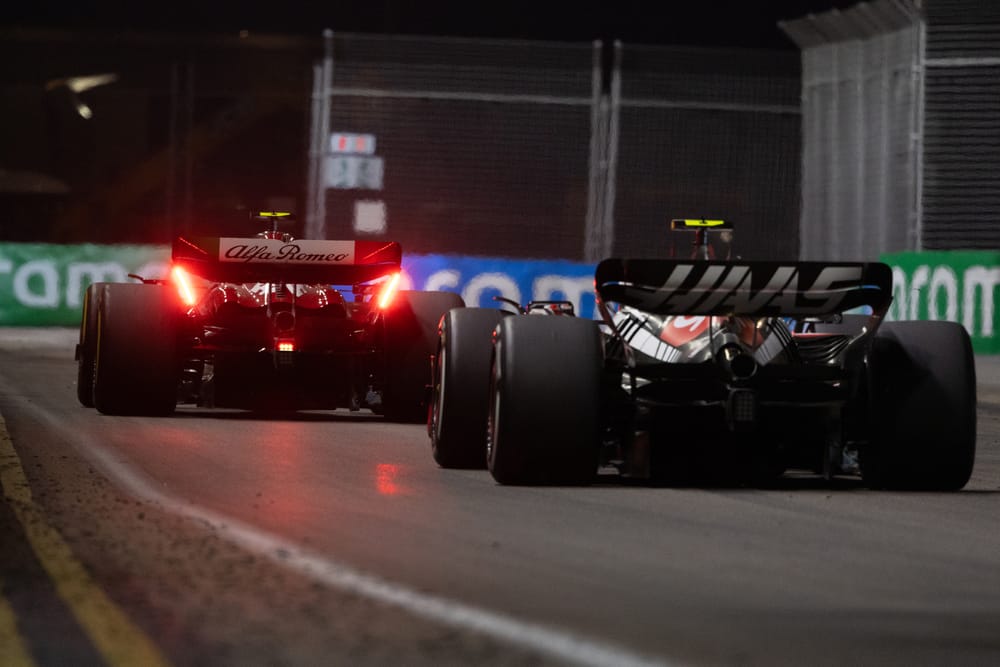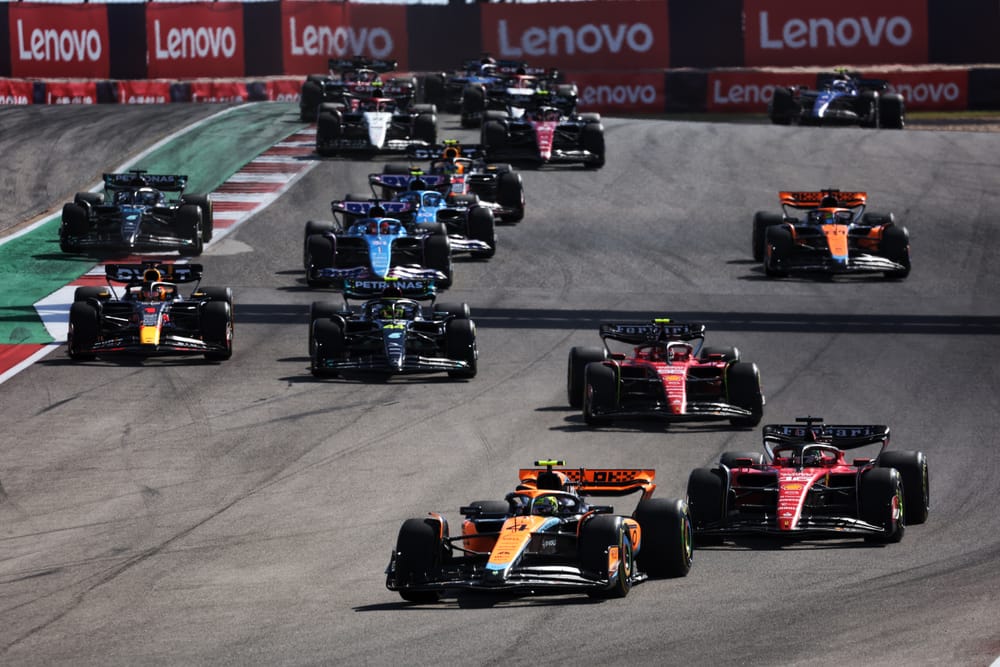Up Next

Something unusual happened just before Christmas last year - Audi’s new CEO finally spoke publicly about the manufacturer's F1 project.
After more than 100 days in charge the verbal blockade was lifted and a formal comment was made at last about a Formula 1 programme subject to so much speculation.

Following claims and counter-claims that Audi’s commitment might be wavering after key changes at the top of Audi itself and the Volkswagen Group, incoming Audi CEO Gernot Döllner made a clear and strong statement that the F1 project continues apace as planned.
There is unlikely to be any more concrete information from Audi for a little longer on where F1’s exciting new manufacturer is at, and what it has planned for the team it is buying.
But we are already able to start piecing together the reality of what’s going on with this programme.
Recruitment and investment
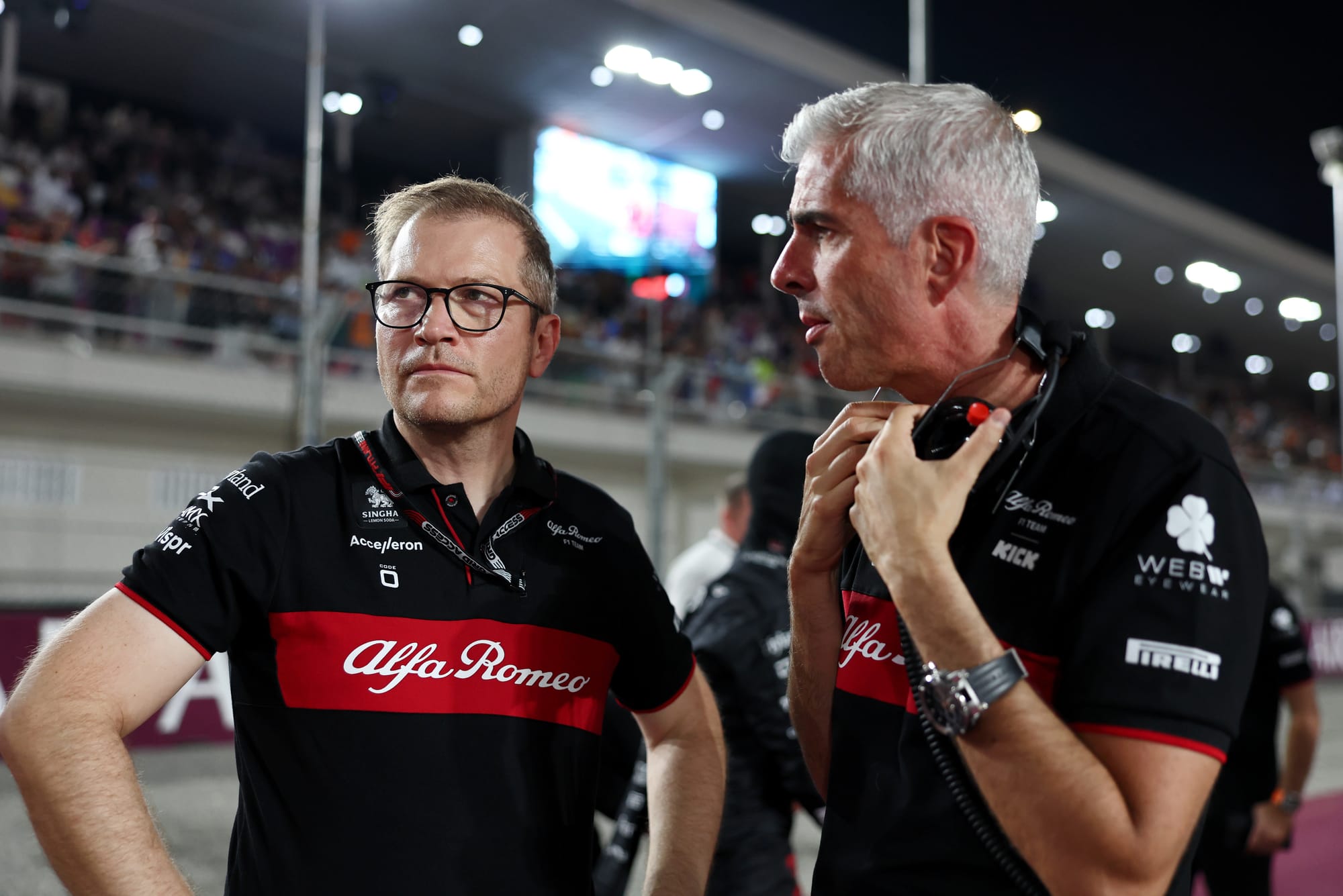
Team CEO Andreas Seidl, who will head up the Audi F1 squad when it finally materializes in full, has had a very busy first year since moving across from McLaren.
Part of his remit was to feed back to Audi exactly what it has signed up for. This will have fed into any kind of scrutiny or review of its commitment - which is not as dramatic as it was made to sound at one stage.
Seidl’s observations, suggestions and demands of what Sauber - which will now be known as Stake F1 until 2026 - needed coincided with the Audi/VW board-level changes that inevitably led to the new people in charge wanting to get a grasp of the scale of the F1 commitment – especially at a tricky time for the group overall.
And a potential complication is that at a time some are questioning Audi's commitment, there was a need for Audi to invest more in Stake before 2026.
Stake team representative Alessandro Alunni Bravi says that the next two seasons cannot be treated as “transition years” because they are critical to laying the right foundation. He is right, and Audi is already aware of this.
It has been made clear several times that there is a “governance” agreed between Stake and Audi as part of the sale that, effectively, puts a bigger onus on the existing majority shareholder (Finn Rausing) until Audi assumes most control. Audi is still investing, there is just a controlled spend and reduced responsibility for now.
That has contributed to improvements at Stake that the on-track results do not quite show yet. Development capacity improved as a result of investment in the production and design departments at Hinwil.
A new CFD configuration that improved its calculation capacity and output was invested in back in May and June.
More experienced race team personnel have been recruited. New pitstop equipment will be available in 2024.
This all follows a new simulator that was finished in 2021 and finally started being used at “100%” last year.
Alunni Bravi says this is “all according to the plan” mapped out by Audi and Stake, but there is still an ongoing effort to get more out of Audi before 2025 and 2026.
Even though the reality at Stake probably would not surprise F1 regulars versus its expectation – it has good facilities and good personnel but is understaffed relative to the teams Audi wants to compete with and could use some technological upgrades in Hinwil and trackside – Audi probably did slightly underestimate what the chassis/team side of the equation would require to be a top team by 2026.
That, combined with changes in circumstances like Stake being among the teams to get the biggest bonus in extra capital expenditure allowance, means in order to make the most of the next two years, Stake needs more to be invested in it than was outlined in that initial purchase agreement.
Essentially, Audi needs to dig into its pockets a bit more than expected. It is not the work of a moment to get the relevant boards to sign off on that, and this would undoubtedly have been disrupted by the changes. Dollner’s arrival is not expected to derail the bid, it has just probably delayed Stake getting access to that extra resource.
“There is no slowdown in the project,” Alunni Bravi said. “We are trying to accelerate certain investments.
“We are not vocal about what we are doing, but we are first identifying the weaknesses and then investing in each department in agreement with the shareholders.”
Turning Stake's fortunes around
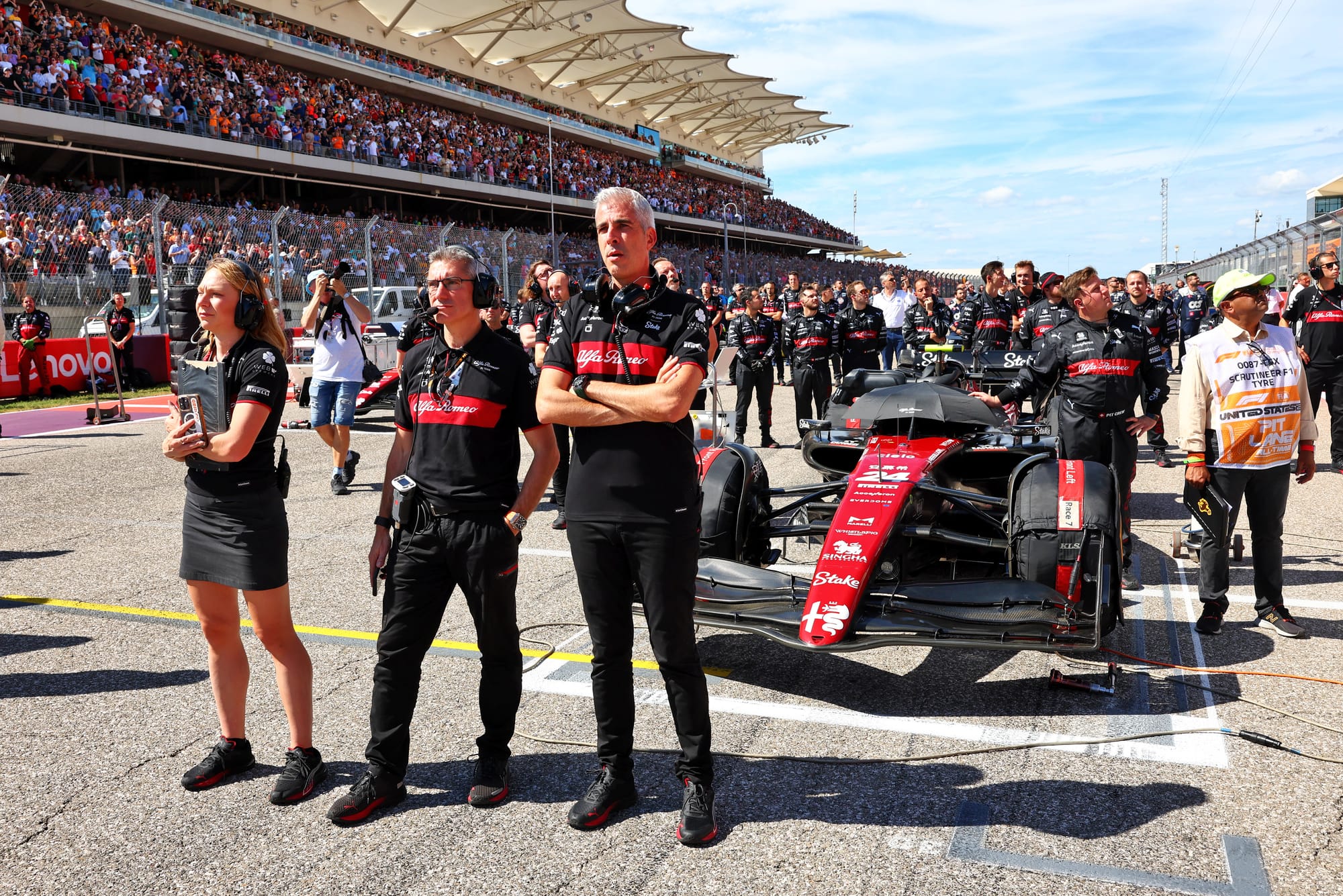
Between staff recruitment and infrastructure development, it seems highly likely that investing in an existing F1 team with weaknesses to resolve is turning out to be – or will eventually become – more expensive than Audi anticipated.
That sounds like a familiar story in F1 but at least the cost cap should mean that spending cannot snowball like it would have done in the past.
The most encouraging thing is that Audi seems open to adjusting to the reality of its eventual works team, rather than doubling down on the original “governance” arrangement and saying ‘this is what we agreed, so this is what you get’.
It hints at an avoidance of the mentality that could easily cripple a big, board-dependent F1 project like this.
That’s vital, because it is no small task turning Stake into a team that can deliver on Audi’s bold (perhaps slightly foolish) public target of being very competitive within three years of entering F1. Alunni Bravi acknowledges that finishing in the bottom places of the championship – the team formerly known as Alfa Romeo fell from sixth to ninth this year – shows there is much that needs to be improved.
And though progress is not linear in F1, and doesn’t actually have to be for the end result to be very good, Audi probably expected a lot more than the backwards step that’s been taken on-track in the 12 months or so since it agreed the terms of its takeover and became a minority shareholder.
But it cannot just focus on setting up as an engine manufacturer for the first time and leave Seidl to right the Stake F1 ship with the resource that was agreed before he even joined the team.
If Stake is getting, or will get, the extra Audi push it needs to make more progress in 2024 and 2025, some outward proof of that would help convince the watching world. Relative silence about the Audi project because of a muzzling created by the team's old Alfa Romeo deal did start to create the impression this was treading water.
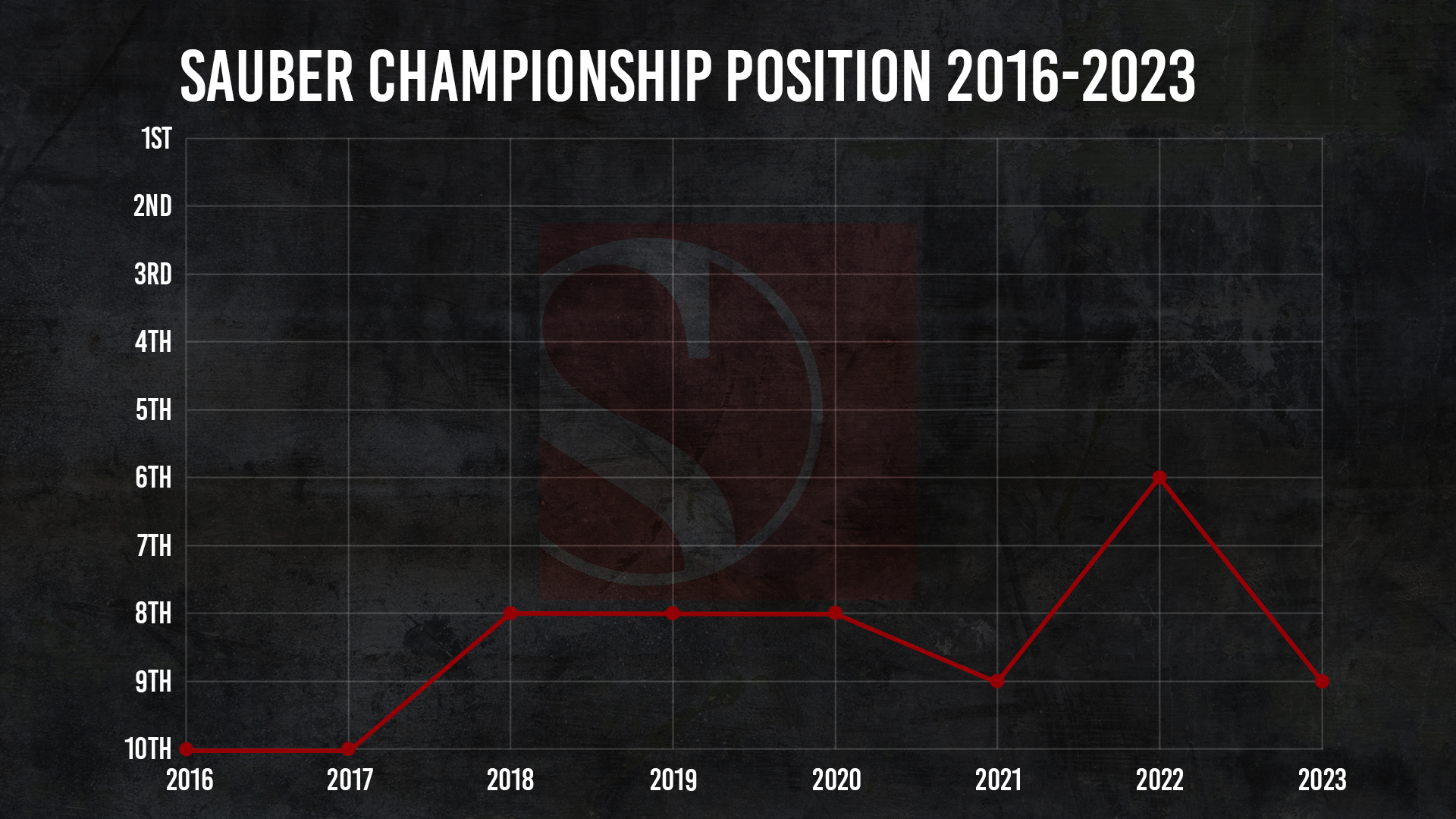
Alunni Bravi has said Audi’s commitment is a “long-term” one and “there is everything for Audi to be a player in Formula 1 at the top level as it is in the automotive market”.
But this would all be undermined if Audi fails to maximise the next two years.
As long as that is not happening, the evidence will be there for all to see in 2026 and beyond. Now that Stake has started to talk more openly about that journey, we can expect more formal updates about it early in 2024 and through next year.
But even then, any official communications need to be more than just words - they need to convey a sense of action, and more importantly that action has to be real.
“We have the confidence that we are taking the right steps under the leadership of Andreas Seidl,” Alunni Bravi said.
“But then we need to look at the result on track.
“We will be judged from what we are able to deliver, not from what we say now.”



